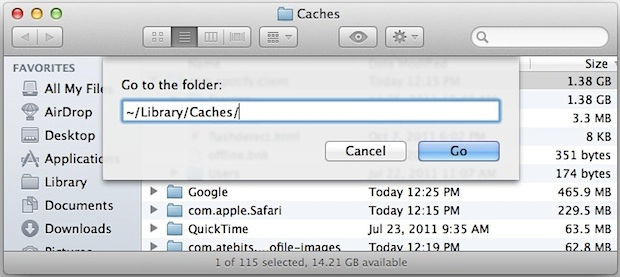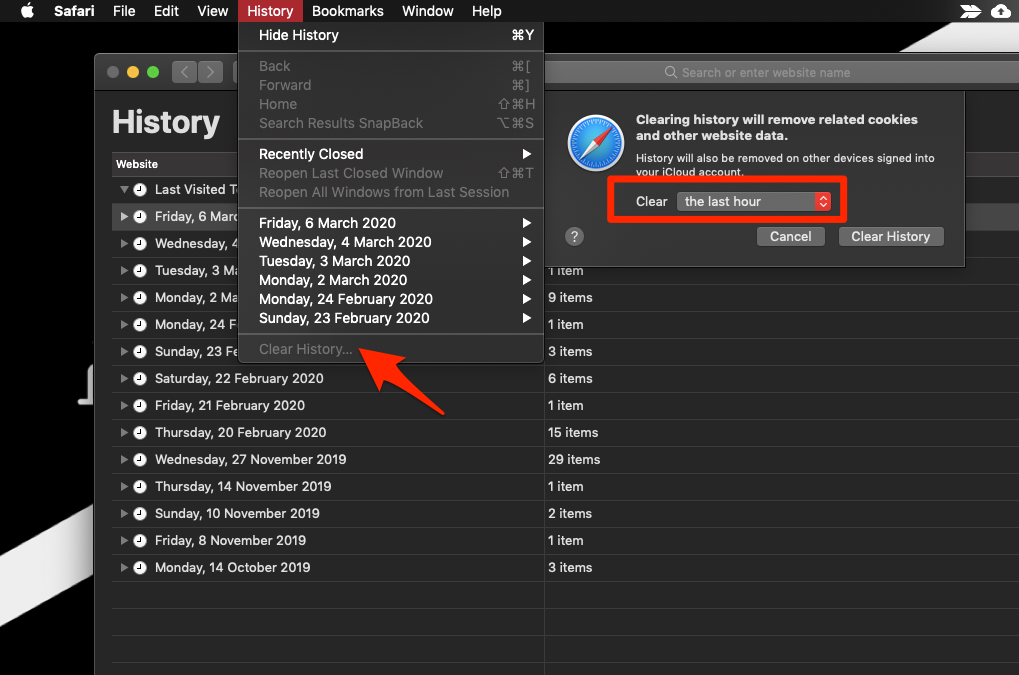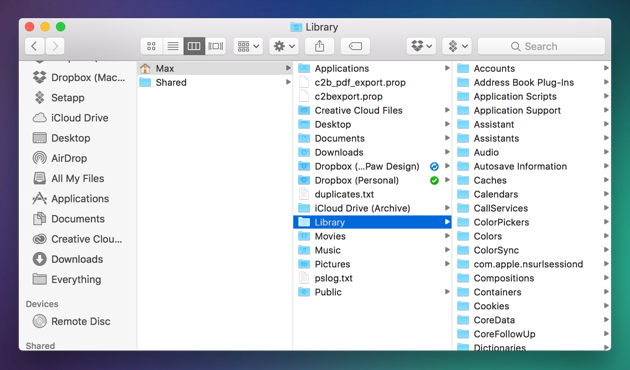

There are many reasons to remove the old cache from your MacBook, and the disk space issue is only one of them.

However annoying they are, cookies are a part of internet reality that we cannot help but “Accept.” Advertisers also use these to follow you around the internet. Cookies collect the details of your visit, its duration, actions on a page, etc. Your browser collects this form of cache to remember previously visited websites. You’ve probably heard and seen the term "cache" used on your Mac, but do you know what it is? Cache files are basically temporary data stored on your hard drive and used to speed up processes.įor instance, Safari will download images on a webpage into the cache so that the next time you visit the site, you don’t have to download the images again.Ĭookie files are tiny members of the big cache family.

How are cache files different from cookies? This article will go over cleaning up all three. User cache (including app cache and DNS cache).There are roughly three main types of caches you can clean on your Mac: How to clear browser cache ( Safari, Chrome, Firefox).Feel free to jump to the section that interests you the most: In this post, we’ll tell you more about different types of caches on your Mac and explain how to remove them.

But, if you don’t clear caches once in a while, those files start to pile up and can even cause application errors and crashes. It then uses those files to load things faster for you. But to help you do it all by yourself, we’ve gathered our best ideas and solutions below.įeatures described in this article refer to the MacPaw site version of CleanMyMac X.Ĭaches are files your Mac creates when you use an app or browse a website for the first time. So here's a tip for you: Download CleanMyMac to quickly solve some of the issues mentioned in this article.


 0 kommentar(er)
0 kommentar(er)
